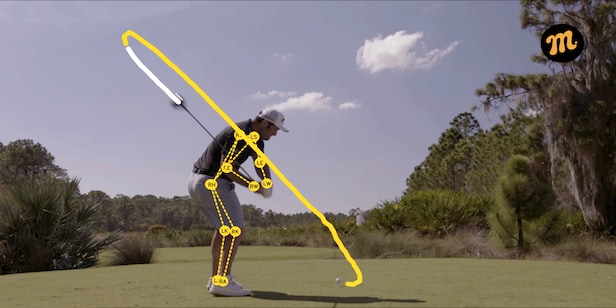Architecture: Has The Tree Removal Trend Gone Too Far? – Australian Golf Digest

- by Admin
- December 19, 2024

Robert Trent Jones Jnr on one of course architecture’s most controversial realms.
Architect Robert Trent Jones Jnr fields a question about the importance of trees on golf courses. Jones Jnr began designing courses with his father, Robert Trent Jones, in the 1960s and has built more than 200 in countries around the world, including Chambers Bay in Washington and Hogs Head in County Kerry, Ireland.
Golf Digest: In the past two decades there has been a major movement among architects and clubs to remove trees from their landscapes, typified by dramatic deforestations at places like Oakmont and Congressional’s Blue course. There are valid agronomical reasons for it, but do you believe tree removal has gone too far?
Jones: Yes. When it comes to clear-cutting trees for views, it can be overdone. Superintendents have rightly been concerned about too much shade on the grass that they’re trying to maintain, and they also don’t like roots that stick up and compete for water. These are legitimate points, and they’ve gained a louder voice with the greens committees overseeing renovations. My concern is that too often the tree removal seems to be all or nothing. In some ways, it’s like American politics.
It’s better if it’s done on a case-by-case basis, but it’s currently in fashion. What usually happens in fashion is that the pendulum is always swinging, and it can swing too far.
I believe in the “golden mean” of the Greeks, to find a happy medium.
It shouldn’t be a one-size-fits-all approach to the presence of trees on golf courses. We live in a big [place] with a lot of different environments – we’re not all one thing, so these dialogues should be taking place independently.
If the course is in the north-east or the south of the USA, or in parts of California where I live, it’s likely that trees are going to be native to the environment in some form and continually regenerating – that’s what nature does. On a links course there shouldn’t be any trees because they’re typically not indigenous to those types of coastal and estuary environments. They can block the wind and negate the need to play the ball along the ground, which would lessen the interest of those courses. We built Chambers Bay on an old mining site but constructed it to look and play like an Irish links, and there’s just one single tree on the course.
Most courses would do well to look whether the trees are indigenous and part of the ecological place where they’re located.
▶ ▶ ▶
What are the benefits of maintaining existing trees on a golf course, assuming they’re native to the environment?
Jones: Trees can be useful shields. You want to ask, What do you see when you remove the trees? If it’s a garbage dump that’s probably a mistake. On the other hand if it’s a beautiful mountain in the distance, that may be a good thing.
For an architect, trees can function like an instrument. They’re vertical hazards along with our other elements of defence: length, width, bunkers, hazards like ponds or creeks, the inviable hazard of the wind, the targets of the greens and the contours of those within. And you work with those like a composer does music to create 18 different holes while trying not to repeat yourself. I don’t believe golf courses should be made to be either hard or easy – they should be made to make beautiful music that you want to come back to, and removing any of those elements, including trees, limits the range of music you can make.
Images: Stephen Szurlej (TOP); JAMES LEWIS (bottom)
The Latest News
-
December 22, 2024Nick Kyrgios results: Australian defeated in long-awaited comeback | Sporting News Australia
-
December 22, 2024China’s Olympic medallist Zheng to skip United Cup to stay fresh for Australian Open
-
December 22, 2024Zheng Qinwen to Kick Off 2025 Season at Australian Open | Sports-Games
-
December 22, 2024Indian team’s Vice-captain has a wholesome exchange with an Australian sports Team: Share jerseys before Boxing-Day Test
-
December 22, 2024Australian cricket could be burned by missing generation of players





